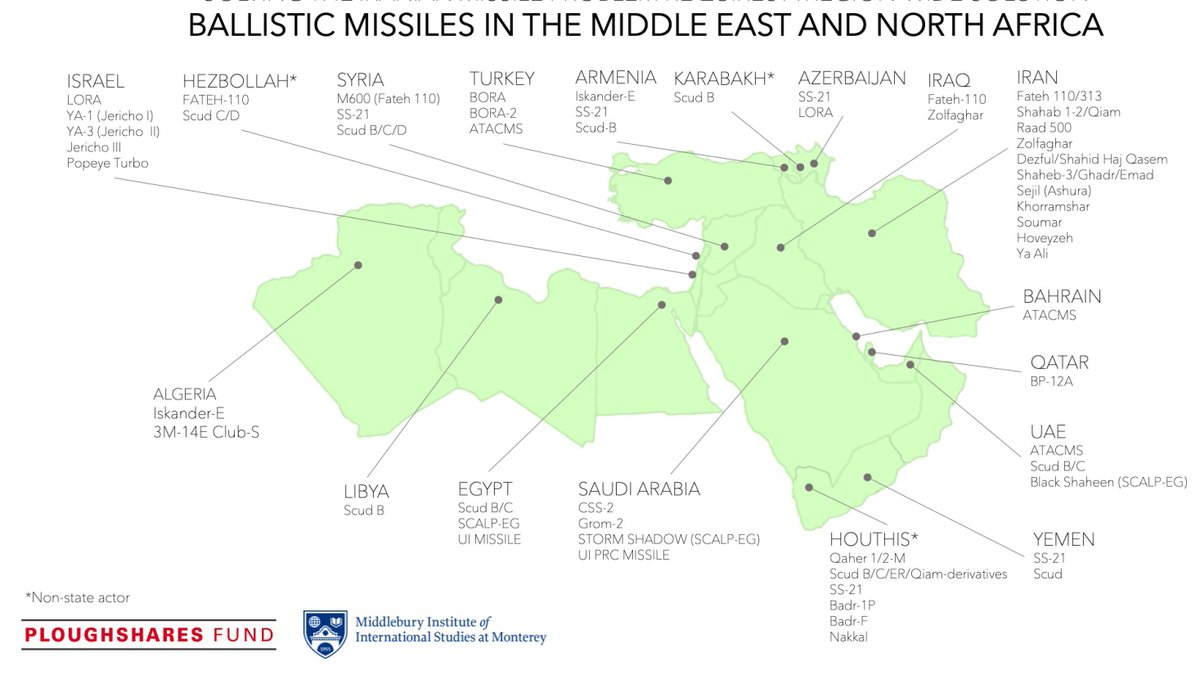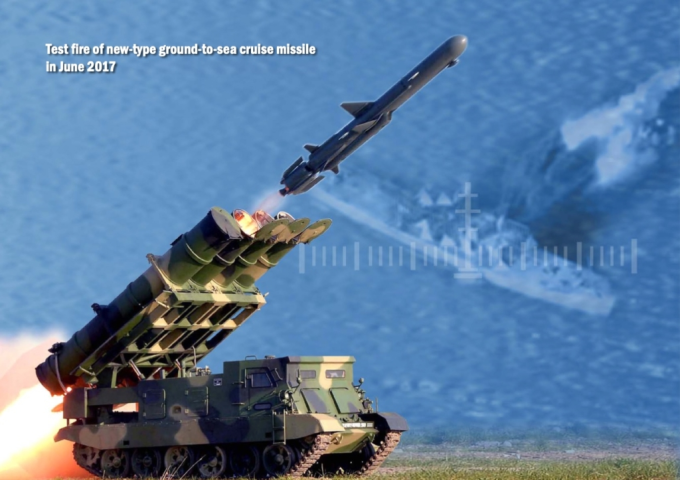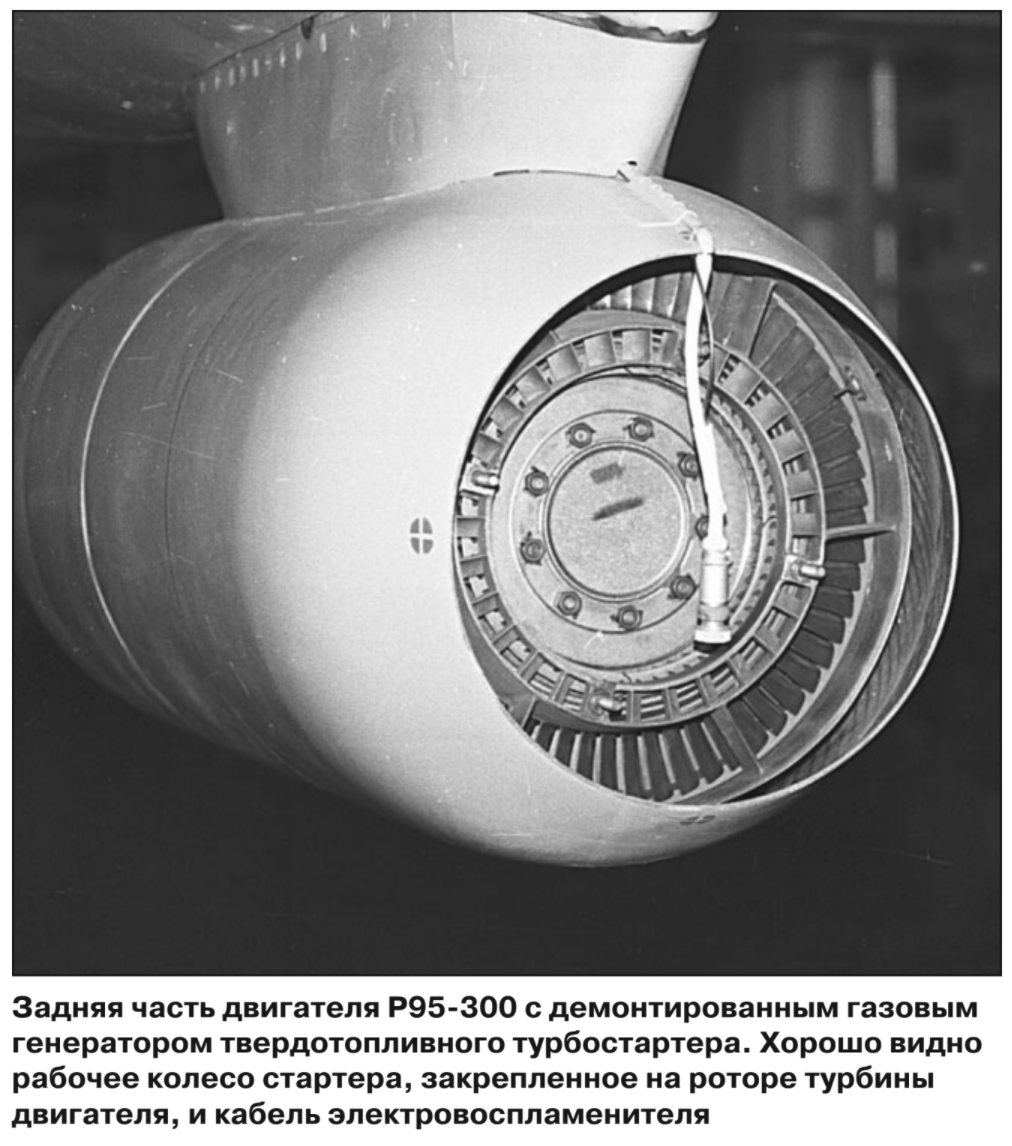
This amazing reporting by @ZcohenCNN is exactly the kind of collaboration that @JamesMartinCNS wants to continue with @CNN and @planet. I think it is civil society at its best. A short thread.
https://twitter.com/NatSecCNN/status/1473972194699100161
In 2013, @JanesINTEL identified a missile base at this location; a few years later @fab_hinz noticed that the sit had changed significantly. We ultimately assessed the place was a Chinese constructed missile facility:
washingtonpost.com/world/national…
washingtonpost.com/world/national…
Our story prompted people in Congress to start asking questions. Eventually someone spilled the beans. The Trump Administration was actively withholding this information from Congress, @ZcohenCNN reported. cnn.com/2019/06/05/pol…
None of this would have been possible without our partnership with @planet, who are just the best partners one could hope to have. What's not to like about @Will4Planet, @schingler, @T_Hamm, @rsimmon and now @AnneMPellegrino?
https://twitter.com/Will4Planet/status/1474015113841725444?s=20
We knew Saudi would start producing missiles sooner or later. @planet allowed us to monitor the site, taking both high-resolution images and near-daily moderate resolution images over the course of several years. @DaveSchmerler noticed things picking up over the last year.
Then, bingo! @DaveSchmerler saw that the Saudis were operating the burn pit, which is how you clean up after producing a batch of solid-propellant missiles.
The full write-up is in the link below, but the short version is that producing solid propellant rocket motors is a lot like baking a cake. But when you are done, you don't lick the bowl and spatula. You have to burn the leftover batter.
armscontrolwonk.com/archive/121434…
armscontrolwonk.com/archive/121434…
Enter @ZcohenCNN. We can alert him to the fact that the USG very likely knows that Saudi Arabia is producing ballistic missiles. And he can honestly say the story is coming out with or without their comments. Still, it's a miracle (to me at least) what he is able to pry loose.
He gets three US officials to describe a new assessment that "Saudi Arabia is now actively manufacturing its own ballistic missiles with the help of China." There have also been "multiple large-scale transfers of sensitive ballistic missile technology"
cnn.com/2021/12/23/pol…
cnn.com/2021/12/23/pol…
Most important, this intelligence had only been shared with "some lawmakers." Chances are, your Representative or Senator had *zero idea* this was happening. He or she just wasn't told --until now.
And even if your member was briefed, classified briefings are often where information goes to die. There are all sorts of things that the USG "knows" at some level but that don't have any salience at the level that counts until they appear on @CNN or other media.
Without commercial satellite images, academic research institutions and investigative reporters, Saudi Arabia and China might have been able to do all this in secret, while successive Administrations covered it up. (Which Clinton did when the UAE bought Scuds from North Korea.)
Civil society has a place at the table to talk about the state of missile proliferation in the Middle East and what that means for regional and US security. What follows are my observations.
Pundits and officials talk a lot about "bad guy" missiles with little or no regional context involving "good guy" ones. I see a lot of glib assertions that we need to do *something* about Iran's missile program, but it isn't clear to me what is possible.
nytimes.com/2020/11/29/opi…
nytimes.com/2020/11/29/opi…
Iran is unlikely to accept constraints on its missiles, certainly not without limits on its neighbors. Would we lean on Israel, Saudi, and Turkey to limit their missile programs as part of a regional deal with Iran? If not, why do we think Iran would accept being singled out? 

Much of the talk about Iran's missile program isn't really intended to address the challenge of regional missile proliferation, but is more about beating the war drums for regime change in Tehran. The fact that Iran won't agree to these demands is a feature, not a bug.
We're not going to sanction Saudi Arabia or China over this transfer. And we're not going to insist that Israel give up or even stop exporting its missiles. Nor should we. But that also means that we probably can't do much about Iran's missile program, either.
Our efforts to prevent the proliferation of ballistic missiles in the Middle East have failed. Given the capabilities and ambitions of several regional states, we're not talking about nonproliferation, we're talking about disarmament.
And since disarmament seems unlikely, we have to talk about other things -- crisis stability, risk reduction, theater missile defense and so on.
• • •
Missing some Tweet in this thread? You can try to
force a refresh








